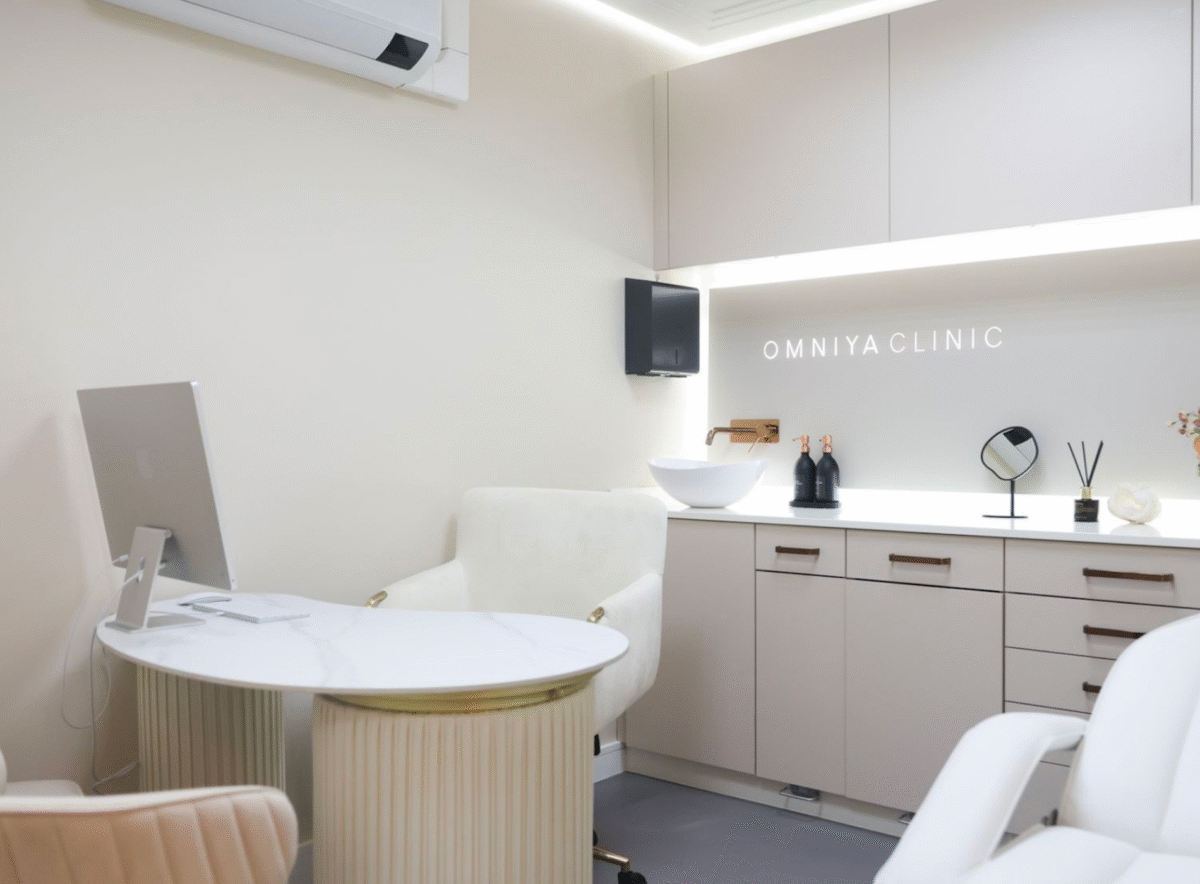3a Montpelier Street, Knightsbridge, London, SW7 1EX
020 7584 4777
[email protected]
- Treatments
- Injectables
- Hormone Therapy & Medical
- Facials & Beauty
- Skin Machines & Lasers
- Concerns
- Prescriptions
- The Clinic
Sagging jowls are a common cosmetic concern that can subtly alter the contours of your face, making you look older or more tired than you feel. While it’s a natural part of ageing, there are ways to prevent and treat jowls effectively.

Jowls refer to the sagging skin along the lower cheeks and jawline. This happens when the skin loses its elasticity and begins to droop, creating a less defined jawline and a softer facial contour. Jowls are not just about aesthetics; they’re a visible sign of the ageing process and how the skin’s structure changes over time.
For those who are already experiencing sagging jowls, there are highly effective non-surgical treatments available that can rejuvenate and lift the skin.
Botox is often associated with wrinkle reduction, but it can also be used strategically to soften the appearance of sagging jowls.
Fractional lasers create tiny micro-injuries in the skin, triggering a healing response that boosts collagen production.
IPL (Intense Pulsed Light) targets pigmentation, redness, and dullness while encouraging collagen renewal.
Morpheus8 is one of the most effective treatments for addressing sagging jowls. It combines microneedling with radiofrequency energy to target deeper layers of the skin and underlying tissues.
Radiofrequency (RF) treatments use controlled heat to contract collagen fibres and encourage new collagen growth.
Microneedling involves creating tiny punctures in the skin to stimulate collagen production.
Almost everyone experiences sagging jowls to some degree as they age. However, the severity and onset can vary widely depending on several factors:
Sagging jowls typically become noticeable in the late 30s or 40s and can progress with age. This is due to the natural decline in collagen and elastin, proteins responsible for keeping skin firm and supple.
If your parents or close family members developed jowls, you’re more likely to experience them as well. Genetics influence how your skin ages and how much support your underlying facial structures provide.
Significant weight loss can leave skin stretched and less elastic, while rapid weight gain can strain the skin’s natural structure.
Chronic stress and poor sleep hygiene can increase cortisol levels, which accelerates collagen loss and affects the skin’s ability to rejuvenate.
Sagging jowls occur due to a combination of factors that affect the skin, fat, and muscles in the lower face:
As we age, our body produces less collagen and elastin, leading to skin that is thinner, weaker, and less resilient.
Over time, gravity takes its toll, pulling the skin downward and creating sagging along the jawline.
Fat pads in the cheeks shrink and shift downward with age, reducing the support that keeps the skin lifted.
Facial bones also lose density with age, providing less structural support to the skin and soft tissues.
While some factors like genetics and ageing can’t be controlled, there are proactive steps you can take to delay the onset of sagging jowls:
UV damage is one of the leading causes of collagen breakdown. Protecting your skin with a high-SPF sunscreen can slow down the ageing process.
Hydration is key for maintaining skin elasticity. Drink plenty of water and use hydrating skincare products, such as hyaluronic acid-based serums.
Incorporate products with retinol, peptides, and vitamin C to stimulate collagen production and improve skin resilience.
A diet rich in antioxidants, omega-3 fatty acids, and vitamins supports skin health. Foods like salmon, avocados, spinach, and berries are great choices.
Smoking accelerates skin ageing by damaging collagen and reducing oxygen flow to the skin. Quitting can have a profound effect on your skin’s health and appearance.
Sagging jowls refer to the drooping of skin along the jawline and lower cheeks, a common sign of ageing caused by the loss of collagen, elastin, and facial fat. They can make the jawline appear less defined and alter the overall contour of the face.
Anyone can develop sagging jowls, but they are most common in people over 40. Genetics, lifestyle choices, and skin type can influence how early or prominently jowls appear.
While you can’t completely prevent sagging jowls, you can potentially slow their development by:
Botox can be used to treat sagging jowls in some cases. By relaxing the muscles that pull the jawline downward, Botox allows the lifting muscles to create a more contoured and defined appearance. This is often referred to as the “Nefertiti Neck Lift.”
Non-surgical treatments for sagging jowls are generally well-tolerated. Most involve little to no discomfort, though some treatments like Morpheus8 may cause mild sensations such as warmth or tingling. A topical numbing cream is often applied to ensure comfort during the procedure.

During your consultation, we will advise you on the best treatments and products to use at home.
*Available with participating practitioners